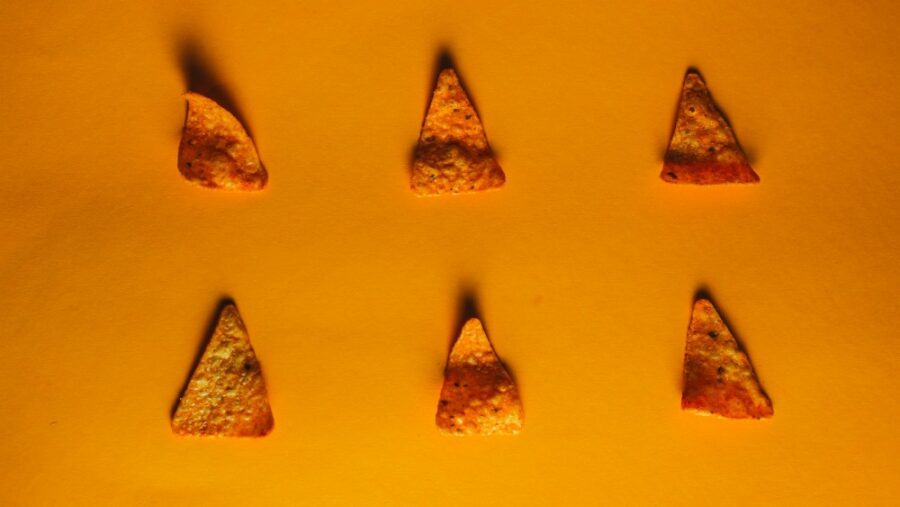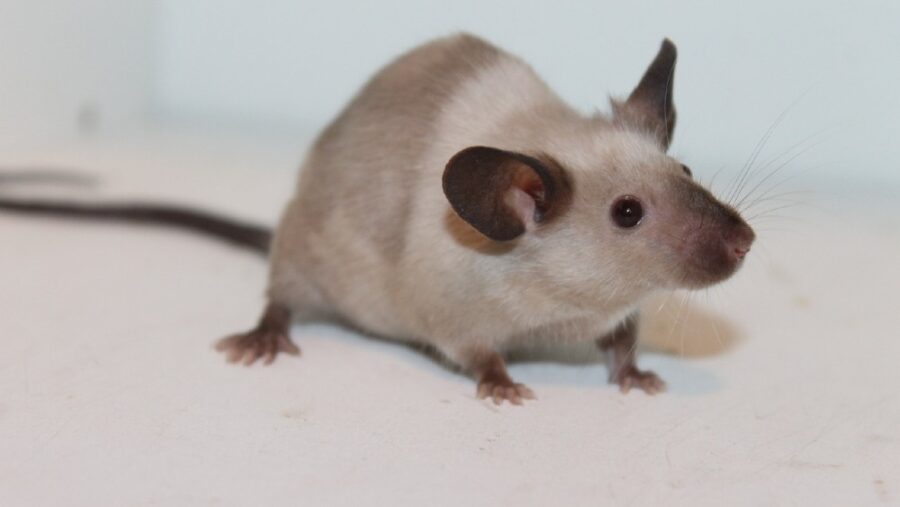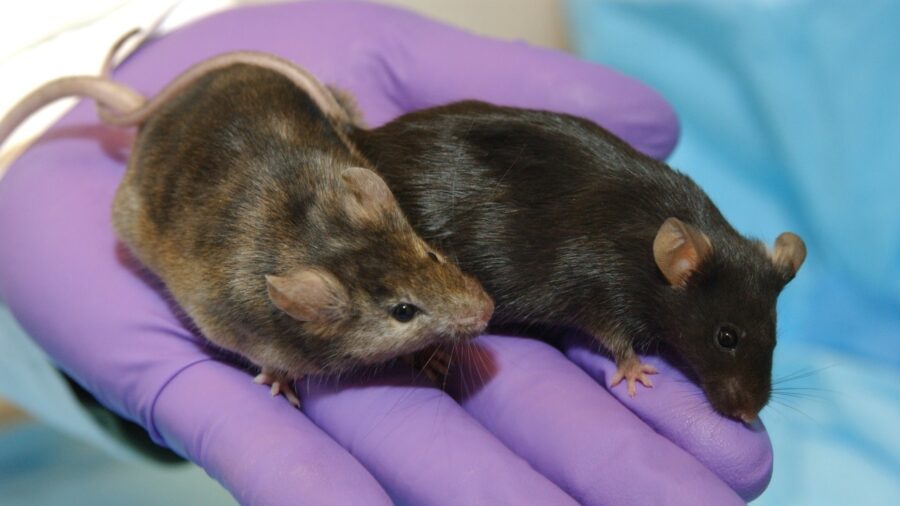Doritos Ingredient Turns Mice Transparent

Medical science is always in the pursuit of ways to advance our imaging technology to see what issues people are dealing with without resorting to surgery. X-rays, CT scans, and MRIs have helped save so many lives in this way. But if the latest research, published in the journal Science, is to be believed, snacks foods might be the best method yet, as it has been found a chemical in Doritos can turn the skin of mice transparent and allow scientists to see their inner organs.
An Ingredient Messes With The Wave Length Of Light

The surprising story is as astounding and exciting to scientists as it is to ordinary people. So could it be that the next time you are having unexplained pain that your doctor will just recommend you eat some Doritos to have a look? It is not quite that simple, as it is not actually the Doritos themselves causing the mice to become transparent.
Specifically, it is a chemical within the Doritos, Tartrazine (or Yellow 5) that makes the mice transparent when rubbed on their skin. Scientists say that light does not typically make skin transparent because the mixture of fat and water directs the light too many different ways to achieve transparency. However, tartrazine dye absorbs blue wavelengths of light, so when rubbed on the skin, it changes the water content to more closely resemble fat, enabling light to pass through more easily.
An Unexpected Breakthrough

Naturally, the hope is that if the Doritos ingredient can have this kind of an impact on mice, it can also one day be utilized on humans for far simpler, less expensive tests. “I instantly looked at it and went, ‘my god, this is revolutionary,” said Christopher Rowlands, who works at Imperial College London as a senior lecturer and biophotonics researcher, to Popular Science.
Elaborating on how big of a deal the Doritos ingredient causing this kind of a change in mice is, Rowlands said, “In optics, we spend an awful lot of time trying to increase [how well we can see into tissue] by 20 percent or 50 percent. These guys come along, and they annihilate the boundary by a factor of 10.”
The Effect Is Only Temporary

As with any development this new, more testing is still required to determine the safety of this technique. However, one positive sign is that it has already been determined the Doritos ingredient’s effect is temporary on the skin of the mice, meaning they are not stuck being transparent for the remainder of their lives. Few humans would likely be on board for an imaging technique that left their inner organs on full display for the world to see.
A Lot More Is Required For Human Skin

However, there are also warnings based on the early research. For instance, the scientists make it clear that the level of tartrazine dye used to make the mice transparent would not be effective on the thicker skin of humans, so it would likely take far more.
But scientists also fear that tartrazine dye could have harmful effects in such quantities. So before deciding to smother yourself in Doritos, it would probably be wise to allow a lot more testing on the mice.
Potential Impact On Human Health

The researchers have also made it clear that ideally they would like to see the tartrazine dye not just capable of making the mice transparent but actually fully invisible. If it proves effective, in humans they would hope to be able to use the dye for techniques such as early skin cancer detective, or even to simplify tattoo removals. We still have a long way to go to reach that point, but it is impressive to see that an ingredient from Doritos could lead to such breakthroughs in testing with mice.
Source: Popsci












